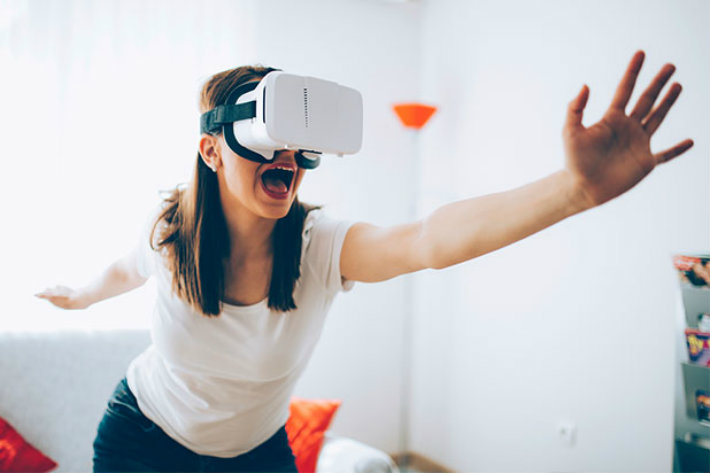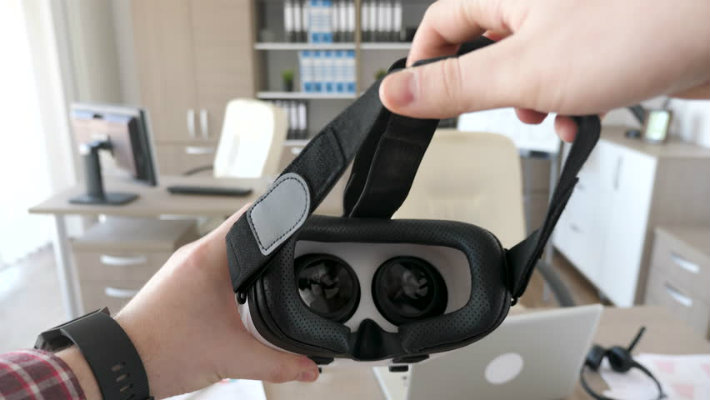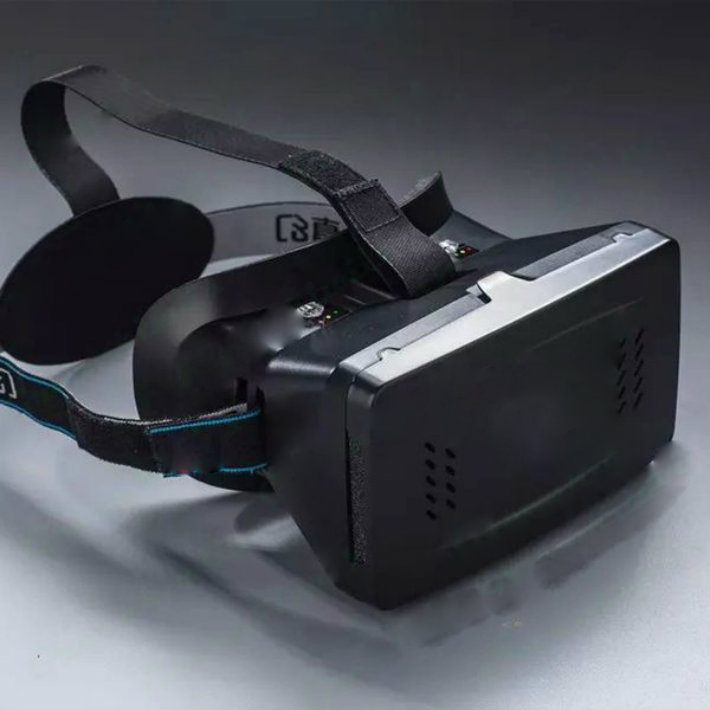Many of us have been in the situation of wishing for something that seems impossible, right? Like a trip through time, walking on the surface on the Moon, being able to fly like a bird, diving into the depths of an ocean or maybe exploring the deepest parts of the universe. Well, think twice as virtual reality is now making it possible for most of us to free our minds from the physical body and get a glimpse of what it would feel like to actually be in some of those imaginary situations. From the comforts of our homes, VR promises first-hand, deep and immersive experiences that can almost pair the real thing.

More than just offering experiences, VR also encourages social connections. It enables its users to gather and share experiences that otherwise would never be possible in the real world (I’m talking about fighting dragons in a gaming session with your other team members that can be located anywhere in the world).
It even makes couples feel closer – going to a movie night together with your partner when you are in a long-distance relationship, just how unique this experience can be. It’s possible that the VR can be used to connect with someone on a deeper level without even touching them in the physical world (just as Joaquin Phoenix did in the 2014 romantic sci-film “Her“.

But maybe the best part about it is that it doesn’t have to cost an arm and a leg to experience some of the possibilities of VR. Some virtual reality goggles only require an Android or iOS smartphone to be able to run this technology. With prices as low as $20 for a set of virtual reality goggles, you can be transported to just about anywhere and anytime. All you need to do is download the compatible application on your smartphone, insert the phone into the virtual reality goggles and immerse yourself into a whole new world.
For those that are really serious about VR, (like passionate gamers or those watching 360 degrees videos on a regular basis) of course, there are over-the-top virtual reality headsets that can cost up to $1,500. These have a wider field of vision and create even 20-by-20 floor virtual reality space in a room. So, if you have a powerful PC to run the glasses from (as these need to be connected to a com to run apps and games ) and a whole room to dedicate to VR, this sure is something you could consider.

But the potentials of VR technology are not limited to home entertaining. For instance, in the business world, just about any process that can be carried out in the physical world, whether it’s interaction, promotion, production or showcasing products and services to customers can be all stimulated in VR. Also in medicine, it’s far better if surgeons can train and perfect their technique on things other than plastic models. On that note, virtual reality can help surgeons to plan surgeries and understand a patient’s anatomy before even making a single cut. This makes for better-trained surgeons which in turn, is better for all of us.
Next, in the military, virtual reality allows trainees to undertake a range of fight, battlefield, medic and vehicle stimulations among other things. VR is also adopted in many schools for the purpose of teaching students. They can take virtual trips to museums, take tours of the solar system and even go back in time in some different eras. Furthermore, automotive manufacturing, museums, courtrooms, and travel agencies can all make use of this technology.
Although virtual reality at its core isn’t a new idea ( it’s based upon ideas that date back to 1800, almost to the very beginning of practical photography) it’s only in the past couple of decades that VR has gained in popularity. And according to many VR experts, it seems that VR has a bright future ahead.

Some of the novelties we can expect from the VR technology in 2020 is resolution and motion tracking improvements. Also as the hardware, content, and mobility improve, more people can explore the latest innovations in VR. According to predictions, the VR market is expected to reach 98 million sales by 2023, with China leading the way.
Most likely in the near future, more smartphones will be made compatible with the VR technology and those that are not, will be able to get a software update. We’ll be seeing mobile headsets becoming a regular part of our phone packages. With many companies as Facebook and Google investing in this technology, it’s no wonder that headsets may be as present as smartphones. In fact, no matter how ambitious all of this sounds, Mark Zuckerberg, for instance, said that he wants to connect a billion people in the virtual reality, and it’s probably going to happen.



